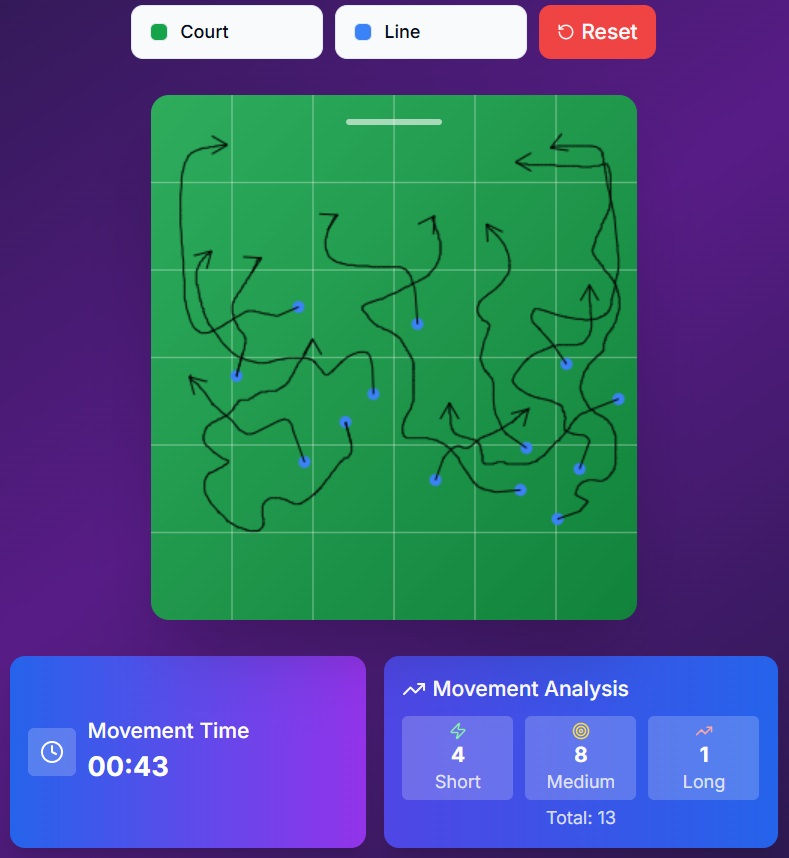Constraints?
- Creative PhysEd
- Feb 13, 2024
- 2 min read
Constraints...
Many of us claim to incorporate it in our teaching. We modify tasks in various ways and for various reasons. Some follow S.T.E.P.. Some follow T.R.E.E. Some follow C.H.A.N.G.E. But research has not quite investigate the actual impact of task modifications from a motor learning perspective. Not until things like ecological dynamics, differential learning, nonlinear pedagogy and Constraints-led approach (CLA) came to the picture. Sometime, we want to make tasks simpler. At other times, we may want to increase the challenge. But sometimes it is just a knee-jerk reaction. We want students to pass more, so we say "minimum of 5 passes before you can shoot at goal". Sometimes, we see the girls losing interest, and we say "only girls can score". Sometimes we want that few students to dribble less and not dominate the game, and so we say "maximum of 3 touches on the ball and you must pass/shoot". Sometimes we see that the students are not able to dribble and pass well, and so we say "no dribbling, no tackling, only passing and interception allowed".
Constraints should not be perceived as something negative, or something limiting. Constraints don't just simply limit actions. They don't cause actions either. But constraints interact to create unique affordances, making a range of actions available to the learners to explore and exploit. The aim is to offer a rich learning environment, with a wide range of affordances available during games.
How to start manipulating constraints from a constraints-led approach (CLA)? No need for anything fancy. Begin with a clear learning intention. It could be... I want my students make appropriate forward dribbles and/or passes during games. I want my students to take shots at goal when within their ability and shooting range. Then, manipulate constraints to invite and encourage the desired actions. Purposeful, meaningful, aligned to the learning outcomes in our PE syllabus for primary school. It really is doable. Example. Just 2v2. Nothing else. Allow the learners to be immersed in the game, allow for the constraints to interact, allow for self-organisation tendencies to take place, let them explore their own movement solutions, intervene only when necessary. Refrain from telling.
Cut the talking. Design effective learning environments using these principles:
(1) Session intention - the intentions of the session (or lesson) act as an overriding and organisational constraint
(2) Constrain to afford - "design-in" constraints to offer/invite/encourage learners to explore the opportunities for action related to the session intention
(3) Repetition without repetition - "design-in" the appropriate amount of variability and (in)stability to the practice environment
Give it a go.
Share with us your experience.




Comments